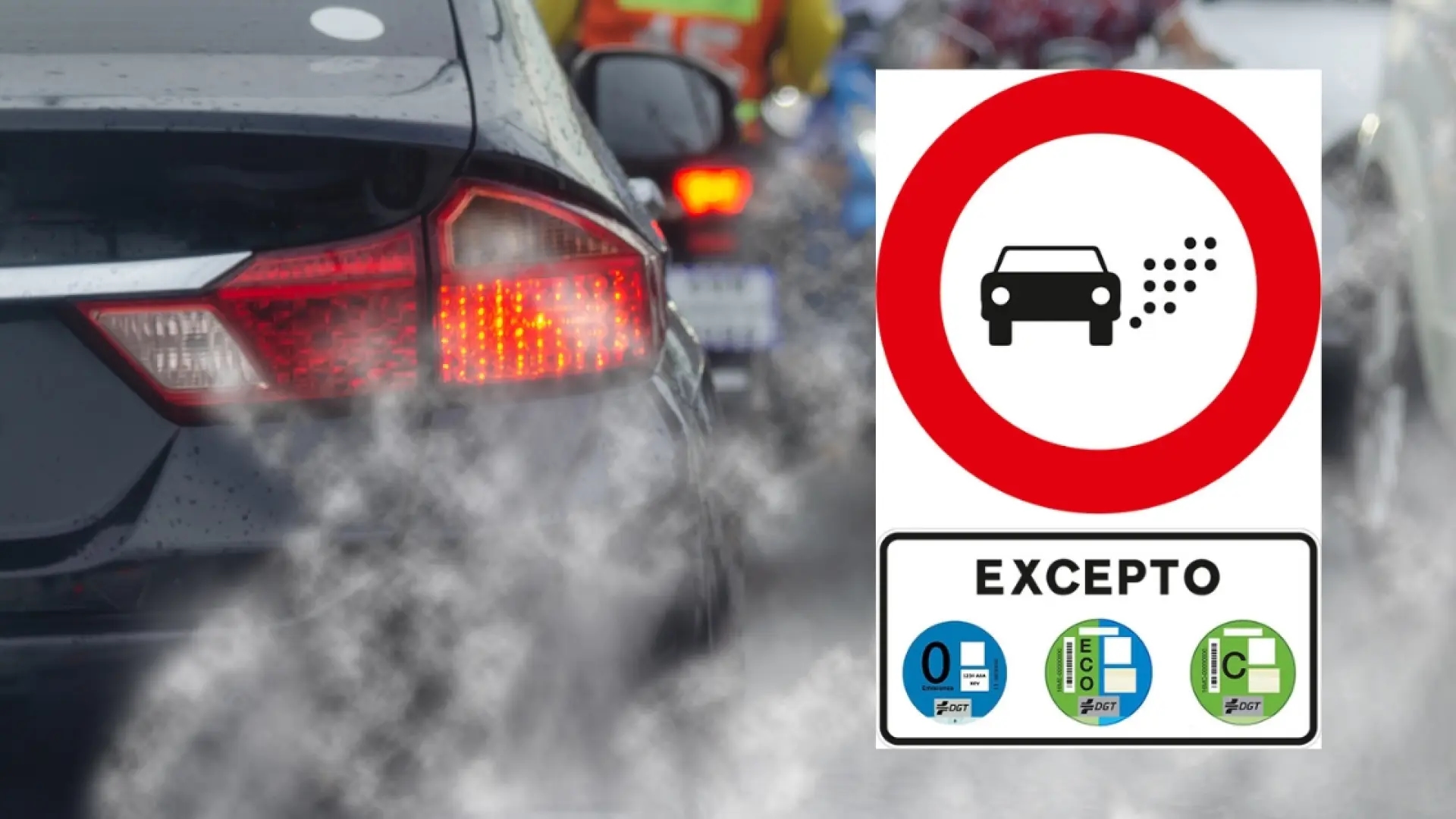Cars that could lose their label if the new changes to the DGT regulations are made in 2026.

By the end of 2025, Spanish municipalities with more than 50,000 inhabitants must have a Low Emission Zone that restricts access to the most polluting vehicles. To achieve this, it is essential to use the DGT regulations, which classify cars with environmental labels based on their energy efficiency (vehicle technology) and take into account their environmental impact as stipulated in Euro regulations.
There are four DGT stickers in total: Zero, Eco, C, and B. Vehicles that are not entitled to carry one are considered to be unmarked and are often banned from entering the LEZs.
What changes could be coming to DGT labels?For now, it is known that the government has been conducting a study to replace the current classification for several months, according to RACE . Specifically, the new amendment will likely seek to incorporate the amount of carbon dioxide (CO₂) emissions as a new parameter when classifying vehicles on environmental labels.
This will penalize high-power hybrid or microhybrid cars that currently qualify for the ECO sticker thanks to their technology. Ultimately, these potential changes will have to wait until well into 2026 , according to RACE .
Cars that are eligible for the zero stickerToday, this sticker identifies the most efficient vehicles, which are battery electric vehicles (BEV) , extended-range electric vehicles (REEV), plug-in hybrid electric vehicles (PHEV) with a range of 40 km , or fuel cell vehicles.
Cars that are eligible for the ECO labelAt the next level, one of the most controversial stickers, as previously mentioned, is available to plug-in electric vehicles with a range of less than 40 km , non-plug-in hybrid vehicles (HEV), and vehicles powered by natural gas and natural gas (CNG and LNG), or liquefied petroleum gas (LPG) . However, they must meet the criteria for the C sticker.
Cars that are entitled to the C labelIn this case, we are dealing with internal combustion vehicles that comply with the EURO emissions regulations . These are typically gasoline-powered passenger cars and light vans registered since January 2006, and diesel vehicles registered since September 2015 .
Cars that are entitled to the B labelThese vehicles do not meet the latest EURO emissions specifications . Specifically, gasoline-powered passenger cars and light vans registered after 2001, and diesel vehicles registered after 2006, are eligible for sticker B.

Motor and Mobility Editor 20 minutes
Passionate about cars and the automotive world since childhood. He holds a degree in Journalism from the University of Zaragoza and a Master's in Information and Digital Communication Consulting from the same university. He has been a contributor to 20 Minutos Motor since 2023, focusing on audiences and SEO: mobility, DGT regulations, trivia, tips, and more.
20minutos





